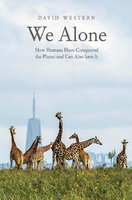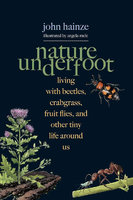New, Quality Gift Books - 50-90% off - over 2500 titles
Your basket is empty.
Categories Nature/Countryside HUMANIMAL: A New Evolutionary History
HUMANIMAL: A New Evolutionary History
Book number: 94363
Product format: Hardback
In stock
Bibliophile price
£4.75
Published price
£33
Customers who bought this product also bought
|
WE ALONE: How Humans Have Conquered the Planet
Book number: 94388
Product format: Hardback
Bibliophile price
£3.50
Published price
£25
|
NATURE UNDERFOOT
Book number: 94372
Product format: Hardback
Bibliophile price
£3.00
Published price
£20
|
HISTORY OF THE ROMAN EMPIRE IN 21 WOMEN
Book number: 95577
Product format: Hardback
Bibliophile price
£7.50
Published price
£18.99
|
|
AIR FRYER REVOLUTION
Book number: 95017
Product format: Paperback
Bibliophile price
£8.00
Published price
£16.99
|
LADY BYRON AND HER DAUGHTERS
Book number: 94540
Product format: Hardback
Bibliophile price
£5.00
Published price
£21
|
QUEST FOR THE LOST ROMAN LEGIONS
Book number: 94956
Product format: Paperback
Bibliophile price
£7.00
Published price
$22.95
|
Browse this category: Nature/Countryside







